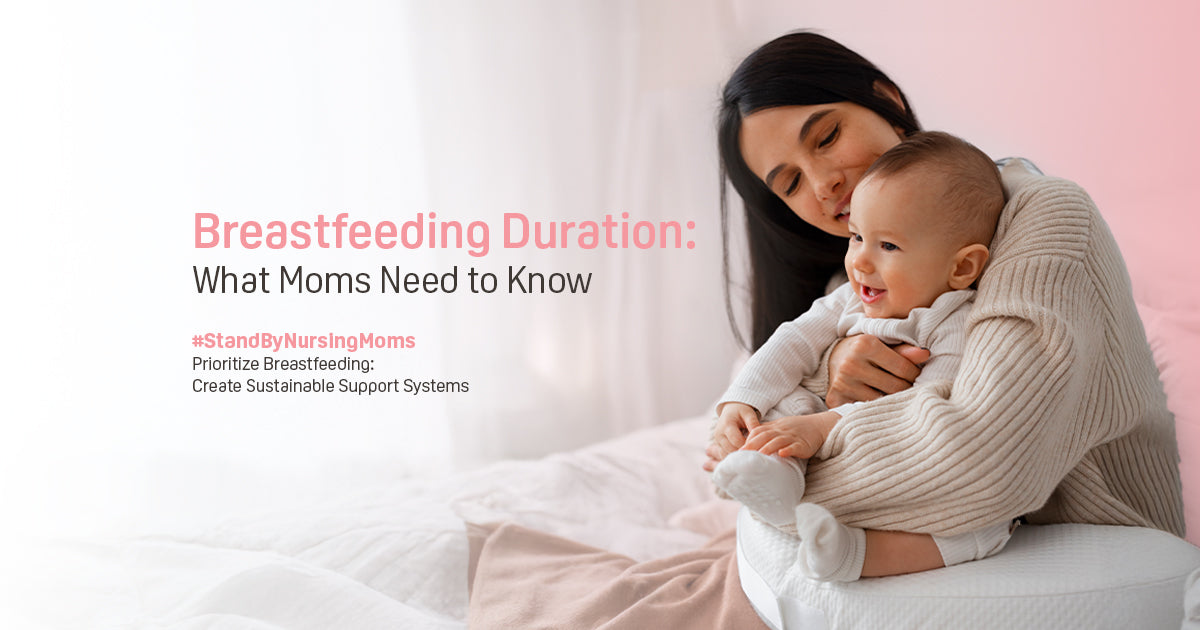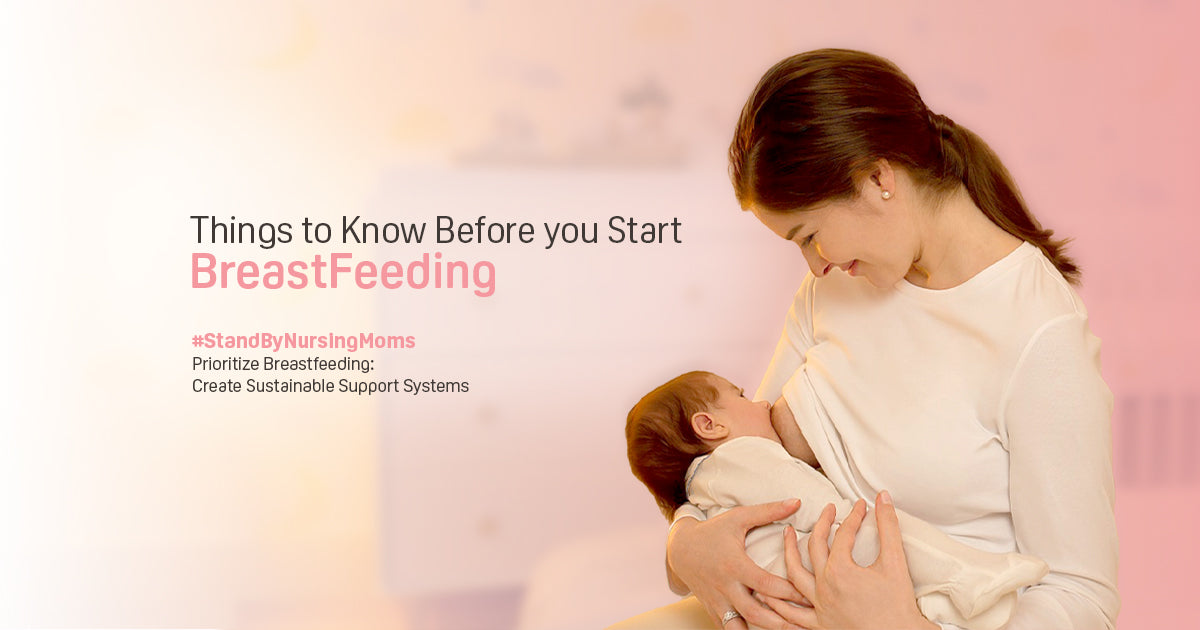Breastfeeding journey is beautiful, but it can feel overwhelming - especially when you’re bombarded with unfamiliar terms. From cluster feeding to latch issues, here’s a simple, clear glossary of the most commonly used (and often confusing) breastfeeding terms, specially written for new mothers.
1. Cluster Feeding
What it means: When your baby wants to nurse very frequently in a short period - often every hour or less.
Why it happens: Common during growth spurts or in the evenings. It helps boost your milk supply and comforts your baby.
Real-life tip: If your baby suddenly feeds more often, it doesn’t mean your milk is low. It’s normal.
2. Latching
What it means: How your baby attaches to your breast while nursing.
Good latch signs: - Baby’s mouth covers most of the areola (not just the nipple) - No pain while feeding - Rhythmic sucking and swallowing
Why it matters: A good latch ensures your baby gets enough milk and prevents nipple pain or cracks.
3. Letdown Reflex (Milk Ejection Reflex)
What it means: The release of milk from your breast when your baby starts sucking or when you hear them cry.
What you may feel: A tingling or slight pressure sensation.
Why it matters: A strong letdown helps efficient milk flow and feeding.
4. Engorgement
What it means: When your breasts feel overly full, hard, and sometimes painful due to excess milk.
What to do: Nurse frequently, apply warm compresses, and use breast pumps if needed.
5. Foremilk and Hindmilk
Foremilk: The thinner, watery milk that comes at the beginning of a feed—rich in lactose and hydration.
Hindmilk: The thicker, creamier milk that comes later—rich in fat and calories.
Why both matter: Let your baby feed long enough on one breast to get both types.
6. Nipple Confusion
What it means: When a baby switches between breast and bottle and struggles to latch properly.
Tip: Try to establish breastfeeding before introducing bottles or pacifiers (ideally after 3–4 weeks).
7. Burping
What it means: Helping your baby release the air they swallow during feeding.
When to do it: After each feed or between switching breasts.
8. Expressing Milk
What it means: Using a breast pump or hand technique to remove milk from your breast.
Why it’s useful: Great for working moms, relieving engorgement, or building a freezer stash.
9. Nursing Strike
What it means: When a baby suddenly refuses to breastfeed for no clear reason.
Possible causes: Teething, illness, distraction, or changes in routine.
Tip: Stay patient. Skin-to-skin contact and offering the breast often can help.
10. Rooming-In
What it means: Keeping your baby in the same room (or bed, safely) for easier feeding and bonding.
Encouraged by: WHO and Indian pediatric guidelines for the first 6 months.
Final Thoughts
The more you understand these terms, the more empowered and confident you’ll feel on your breastfeeding journey. Don’t hesitate to reach out to a lactation consultant if something feels confusing or painful.
Disclaimer: This blog is intended for informational purposes only. Always consult a medical professional for personalized advice.









